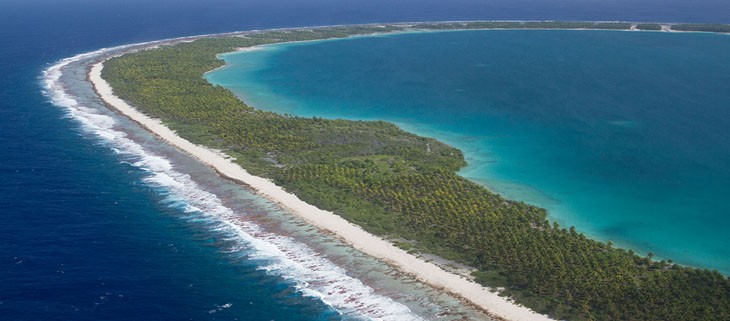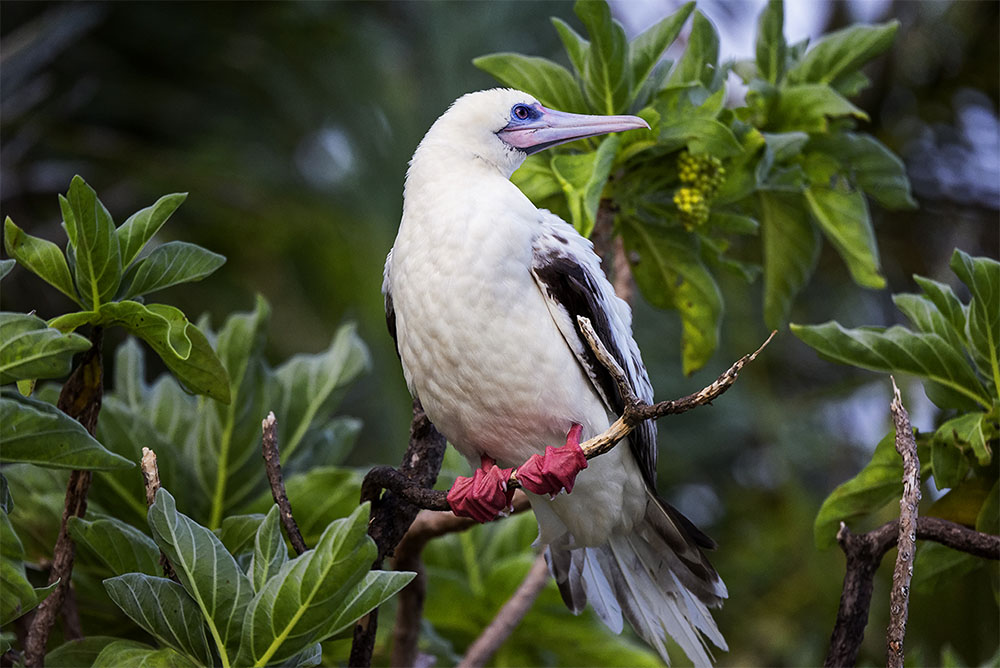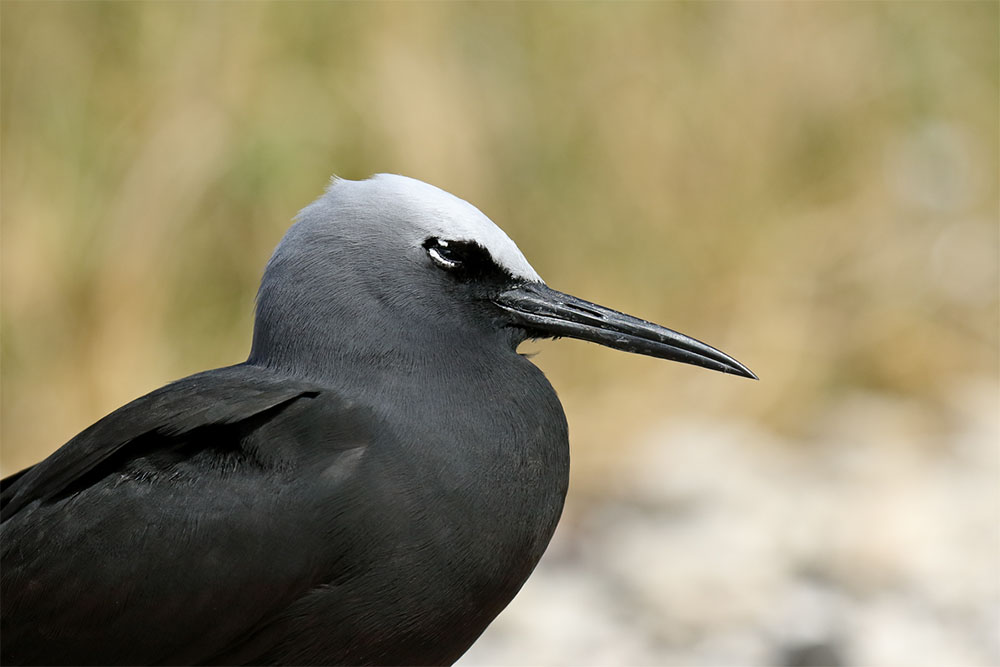December 4, 2024
The Ebiil Society: Champions of Palau
Ann Singeo, founder of our partner organization the Ebiil Society, shares her vision for a thriving Palau and a flourishing world of indigenous science!
We use cookies to help you navigate efficiently and perform certain functions. You will find detailed information about all cookies under each consent category below.
The cookies that are categorized as "Necessary" are stored on your browser as they are essential for enabling the basic functionalities of the site. ...
Necessary cookies are required to enable the basic features of this site, such as providing secure log-in or adjusting your consent preferences. These cookies do not store any personally identifiable data.
Functional cookies help perform certain functionalities like sharing the content of the website on social media platforms, collecting feedback, and other third-party features.
Analytical cookies are used to understand how visitors interact with the website. These cookies help provide information on metrics such as the number of visitors, bounce rate, traffic source, etc.
Performance cookies are used to understand and analyze the key performance indexes of the website which helps in delivering a better user experience for the visitors.
Advertisement cookies are used to provide visitors with customized advertisements based on the pages you visited previously and to analyze the effectiveness of the ad campaigns.
Looking to make an impact this Earth Month? Here’s how.

The French Polynesian island of Reiono is remote and uninhabited, but humans have still managed to leave a harmful mark on this delicate and unique tropical ecosystem. Though there are no permanent settlements present on the island, human-introduced invasive rats have proliferated across the island.
This is bad news for the many native seabirds that find refuge on the island. Thousands of invasive rats begin to forage each day at around 3PM and unguarded eggs of seabirds are an easy target. As a result, many of the ground-nesting birds have been forced to leave the island and a number of native plant species have been foraged to the point of complete disappearance from Reiono.

Thankfully, one of the world’s top eradication experts, Araceli Samaniego was brought in to help. She is leading a project to completely remove invasive rats from Reiono and understands the adverse impacts they have on native flora and fauna:
They are a huge problem. They have caused a lot of extinctions. A lot of these animals just never had to deal with this type of predation.”
Island Conservation also assisted with this project as a partnership between Samaniego and The Tetiaroa Society. The project, which was inspired by a similar project on Palmyra Atoll, will help locally threatened bird species to thrive and will prevent the further spread of invasive species.
When it comes to preventing the spread of invasive species one of the greatest challenges is how flexible and resilient these invasive rodents are. In tropical climates, it is warm enough for them to breed year-round; meaning, they can grow in numbers upwards of 50,000 in an incredibly short time span. So, even one breeding female accidentally overlooked could rapidly repopulate the species and result in a failed removal attempt.
To carry out the project, Araceli lived in a tent on the island for 5 weeks, creating a field lab out of the meager supplies of a white tarp and string held up between two Pisonia trees. She went above and beyond the typical invasive removal process and used her time on Reiono as a means of studying invasive rat behavior in tropical habitats:
We’re going to track different aspects of the rats, from the breeding to the movement, to the ecology and the diet.”

Since Araceli complete her restoration work on Reiono with her team and she is finally able to share the good news. Invasive rats have been removed from Reiono. Araceli says:
We are 99 per cent confident. Everything indicates that we are rat free — Reiono is rat-free.”
The restoration project was a resounding success and provides a ray of hope for islands suffering from invasive species introductions all over the world. Araceli’s groundbreaking work is great news for native species everywhere.
Source: ABC
Featured Photo: Aerial view of Acteon & Gambier, also within French Polynesia, where Island Conservation completed a restoration project. Credit: Island Conservation
Check out other journal entries we think you might be interested in.
Notifications